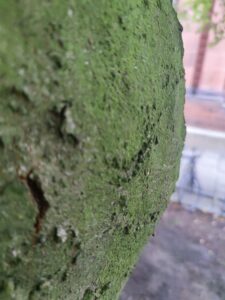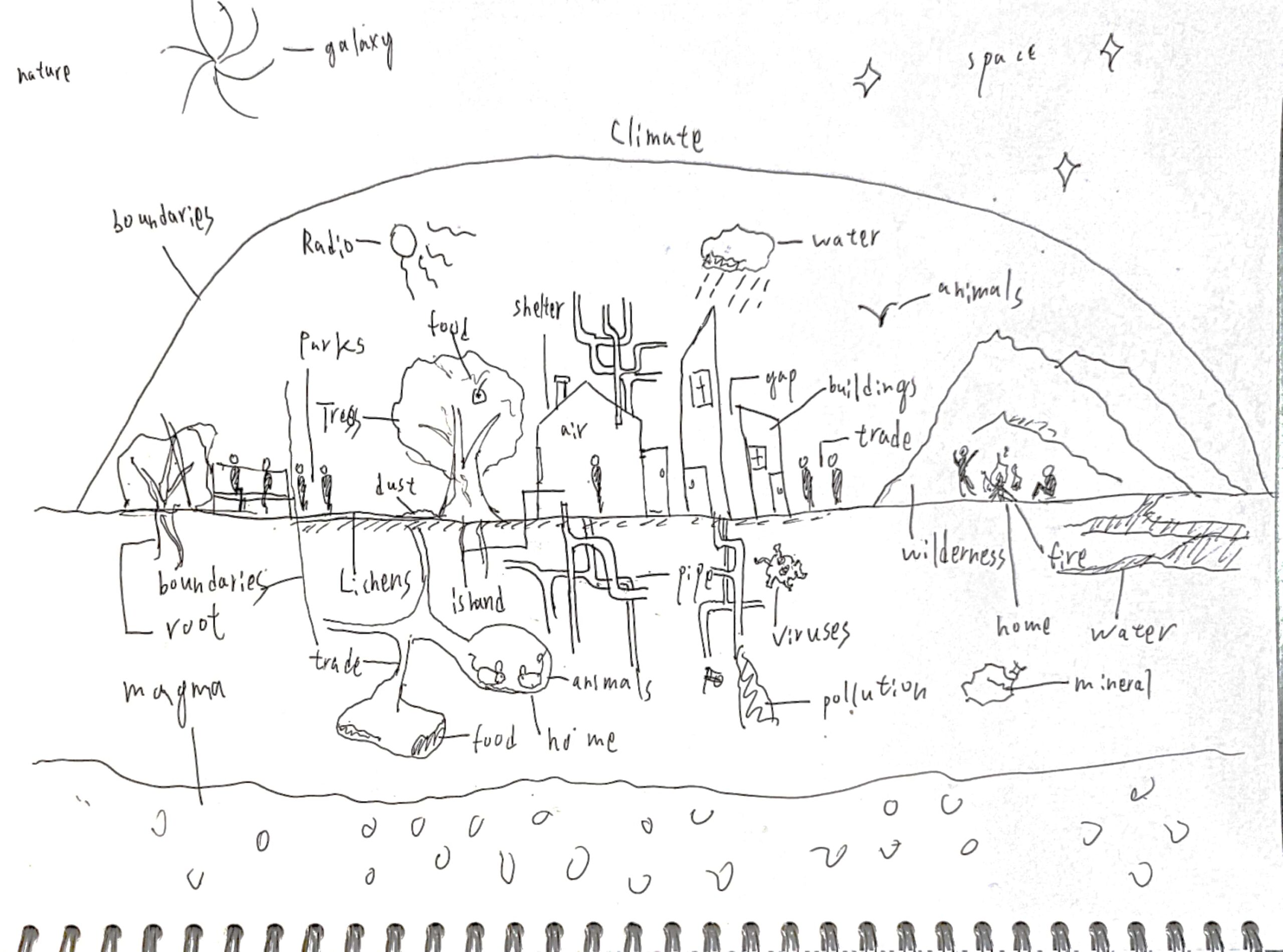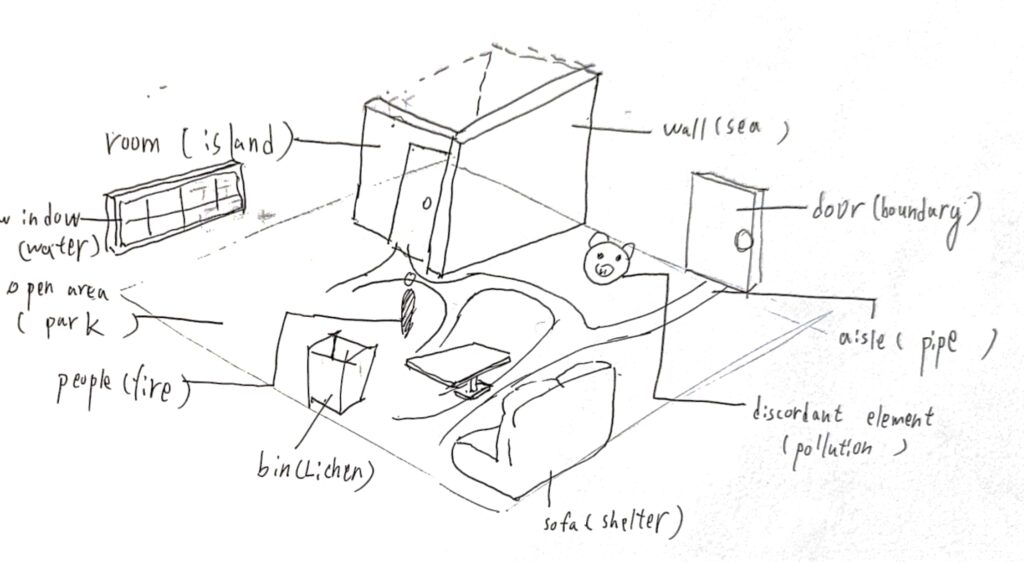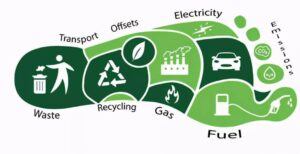The initial knowledge of humanity comes from the induction and summary of nature. We can still see the shadow of natural elements in today’s design and cities. This week’s studio encourages us to go outdoors and search for various elements of nature and human society. I believe that cities are actually a microcosm of natural ecology, and the elements and operating rules in nature can still guide our current urban, architectural, and interior design.





Various elements in nature have potential meanings. For example, lichens can symbolize decomposition and circulation, islands can symbolize independence and closure, and water can symbolize medium and carrier. I can compare different parts of a building with natural elements. I believe this can help us better understand the connection between artificial space and nature.





We discussed factors such as the responsibilities of designers, the influence of big brands, the wave of consumerism, and the influence of capitalism in this debate.
Firstly, the opposing party believes that designers who lack awareness of protecting nature during the design process cannot be called designers, but they are indeed designing, so this sophistry is not valid. But we also noticed that environmental awareness is a mandatory course for every designer.
Some brands lock users by creating a culture, such as Apple, but sometimes this can also lead to waste. This situation is more obvious and serious in the fashion industry. The trend is changing every year, and products that have been eliminated generate huge waste.
This phenomenon is also influenced by consumerism. Sometimes it is necessary to acknowledge that consumption is an important channel for generating personal value in a capitalist society. The consumption power of individuals is an important measure of their social value. But consumption power may also be waste power.
Starting from the superstructure, some brands and capitalists have set their sights on profitability. We can sacrifice for this, but many consumers do not accept it. This also prompts many brands to develop their own political stance and brand values. This has to some extent alleviated waste.
Designers are a service-oriented industry, so sometimes we have to cater to customer needs. However, I believe that a successful designer should be a manager who should point out the right path for social development.
Reference:
1. Cities and natural processes: the foundation towards sustainability; Michael Haff
2.Architectural concept: Red is not just a color; Bernard Tschumi
* Pictures 1-7 are taken by me, Pictures 8-10 are from search engine



